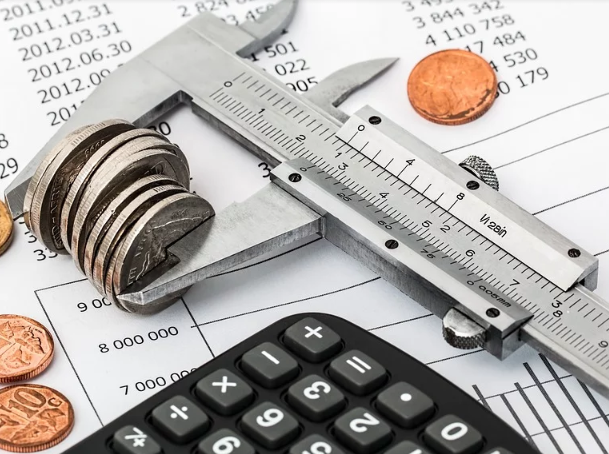A Foolproof Guide to House Renovation Budgeting
Sticking to a budget is always a challenge. Creating a budget for a large project of home remodel you’ve never done before is an even bigger challenge. When it comes to home renovation costs, building a feasible budget requires a detailed plan and plenty of research.
Fortunately, we’ve done most of the leg work for you. Simply follow the steps below to create a remodelling budget that will keep you from overspending on your next renovation.
How Much Does It Cost to Remodel a House?
According to HomeAdvisor, the average cost of renovating a home that is less than 1,000 square feet is $18,347. For homes in the 3,000 to 4,000 square foot range, the average cost climbs to $36,121. Renovations made to an older home tend to cost more than a newer one, especially if the wiring, plumbing and other features aren’t up to code.
Typically, you can expect to spend at least $100 to $200 per square foot on any renovation.
When you’re deciding on your home renovation budget, it can be easier, and more affordable, to prioritize projects by room and build a budget around the cost of each individual project.
How Much Should I Spend on a Home Renovation?
To get an approximate idea of what your remodeling budget should be, consider the value of your home as a whole. You don’t want to spend more than 10 to 15 percent of your home’s value on a single room. If you spend more, the value of the renovation will not proportionally add to the value of your home.
For example, if your home is worth $100,000, the maximum you should spend on a kitchen or bathroom renovation is $15,000. If your house is worth more, the spend on a renovation could be higher
Prioritize Remodeling Needs
The easiest way to stay on budget during a renovation is to know exactly what you want. Create a list of everything you would like the project to include and then separate items into wants and needs.
Use resources like HomeAdvisor to estimate labor costs for engineers, architects, plumbers and handymen. Labor usually accounts for 20 to 35 percent of a project’s budget. Choose fixtures and finishes and calculate what you will spend on them. Include paint, knobs, faucets, tile, flooring and anything else you’ll need. Don’t forget to include taxes and shipping costs in the estimates for your materials.
Include the appliances you want and what you expect to spend on them. Include costs for installation, delivery and how you plan to dispose of appliances.
Consider what living expenses you will incur during your project. Consider the costs for living without a functioning kitchen, boarding pets or staying outside the home during your project and include these costs in your spreadsheet.

